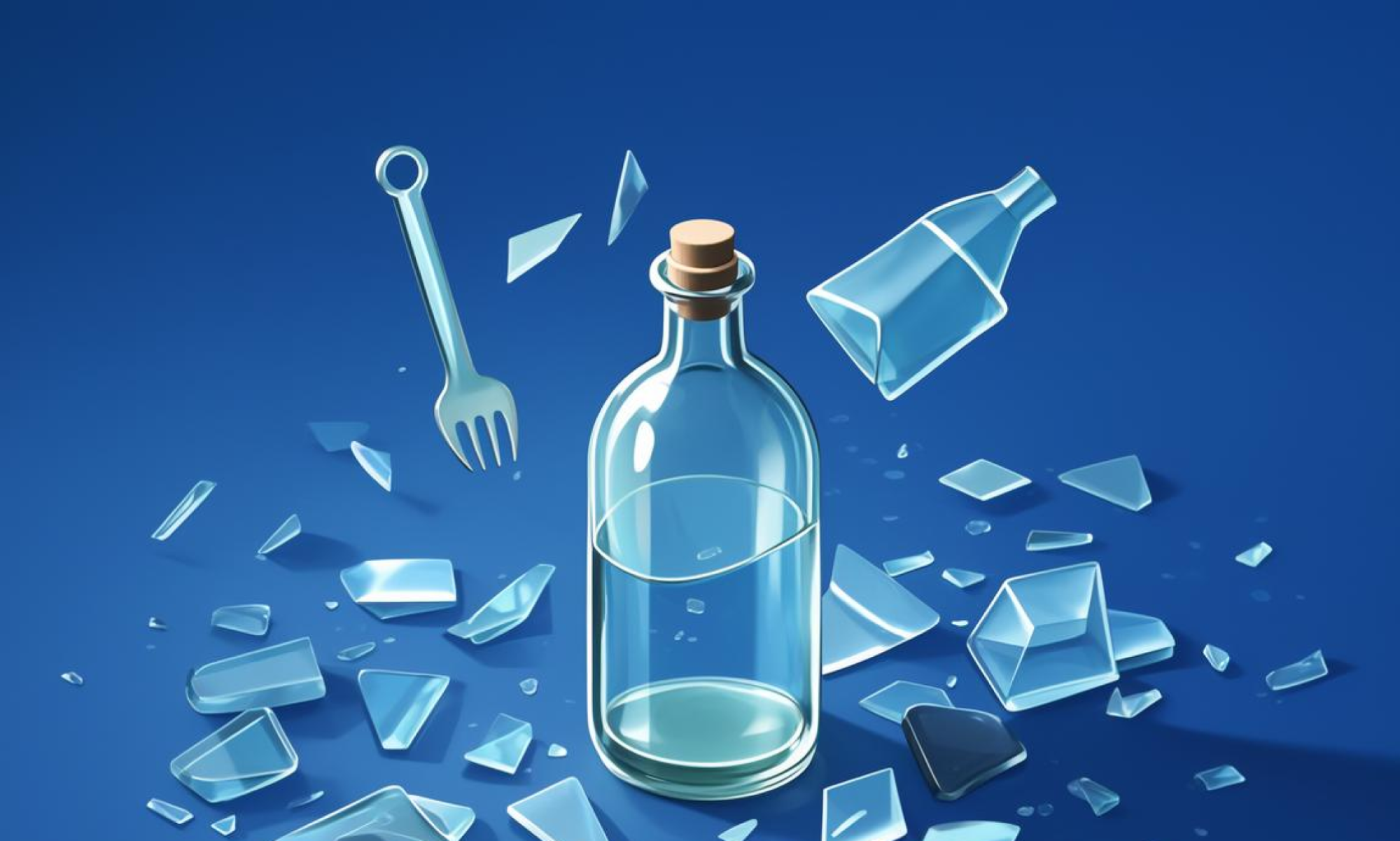Looking to align your B2B trade operations with carbon-neutral goals? Discover how sustainable glass jar packaging can help your business reduce its environmental impact. Read on to explore the latest trends, benefits, and strategies for achieving carbon-neutrality in your packaging solutions.
### The Growing Importance of Carbon-Neutral Packaging
In today’s market, consumers and stakeholders are increasingly demanding sustainable practices. Carbon-neutral packaging is no longer a niche trend but a critical component of doing business responsibly. For B2B trade, adopting carbon-neutral glass jar packaging not only aligns with environmental values but also positions your business as a leader in sustainability.
Glass jars are a popular choice for packaging due to their durability, recycling potential, and aesthetic appeal. However, traditional glass jar production can have a significant environmental footprint. By integrating carbon-neutral practices, you can minimize your impact while meeting the growing demand for sustainable solutions.
### Understanding the Benefits of Sustainable Glass Jar Packaging
Sustainable glass jar packaging offers numerous advantages, both environmental and operational. Let’s break down the key benefits:
– **Reduction in Carbon Emissions**: Transitioning to carbon-neutral glass jar packaging ensures that your production process emits fewer greenhouse gases. This can significantly reduce your company’s overall carbon footprint.
– **Enhanced Brand Reputation**: Consumers and clients are more likely to support businesses that prioritize sustainability. By adopting carbon-neutral practices, you can strengthen your brand’s reputation and attract environmentally conscious partners.
– **Cost-Effectiveness**: While sustainable practices may initially seem costly, they often lead to long-term cost savings through improved efficiency and reduced waste.
### Key Considerations for Carbon-Neutral Glass Jar Packaging
To implement carbon-neutral glass jar packaging effectively, consider the following factors:
– **Material Selection**: Opt for materials that have a lower carbon footprint. High-quality glass is a great option due to its recyclable nature and durability.
– **Production Techniques**: Utilize energy-efficient manufacturing processes and renewable energy sources to reduce carbon emissions during production.
– **Recycling and Waste Management**: Implement robust recycling programs and waste management practices to ensure that glass jars are properly disposed of and recycled.
### Case Studies and Real-World Applications
Looking for inspiration? Here are some real-world examples of businesses that have successfully implemented carbon-neutral glass jar packaging:
– **Example 1**: A leading food and beverage company transitioned their glass jar packaging to carbon-neutral by investing in solar energy for their production facilities.
– **Example 2**: A pharmaceutical company partnered with a local recycling center to ensure that all glass jars are properly recycled and disposed of.
These examples demonstrate the practicality and effectiveness of sustainable packaging solutions.
### How to Choose the Right Carbon-Neutral Glass Jar Packaging Supplier
Selecting the right supplier is crucial to the success of your carbon-neutral packaging initiative. Look for suppliers that:
– Have a proven track record of sustainability.
– Use energy-efficient production methods.
– Offer recycling programs for glass jars.
### The Future of Carbon-Neutral Packaging
The demand for carbon-neutral packaging is set to grow as more businesses recognize the importance of sustainability. By adopting glass jar packaging that is carbon-neutral, you can not only meet this demand but also set a standard for your industry.
In conclusion, achieving carbon-neutral goals in your B2B trade through sustainable glass jar packaging is not just a trend—it’s a necessity. By understanding the benefits, considering key factors, and selecting the right partners, you can create a packaging solution that aligns with your business values and contributes to a healthier planet.
Are you ready to take the next step toward carbon-neutrality? Start by evaluating your current packaging practices and exploring sustainable options that resonate with your business goals.
